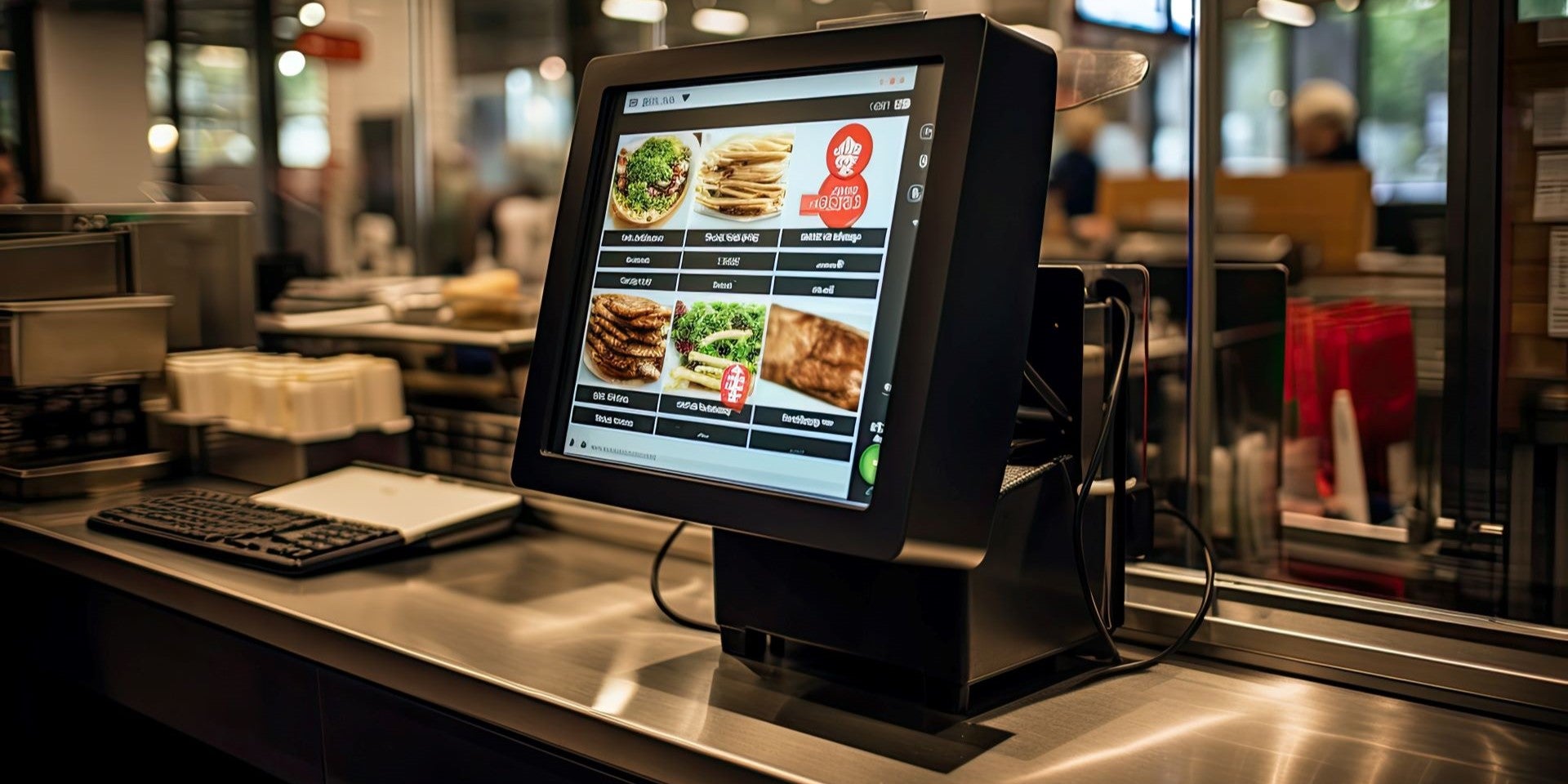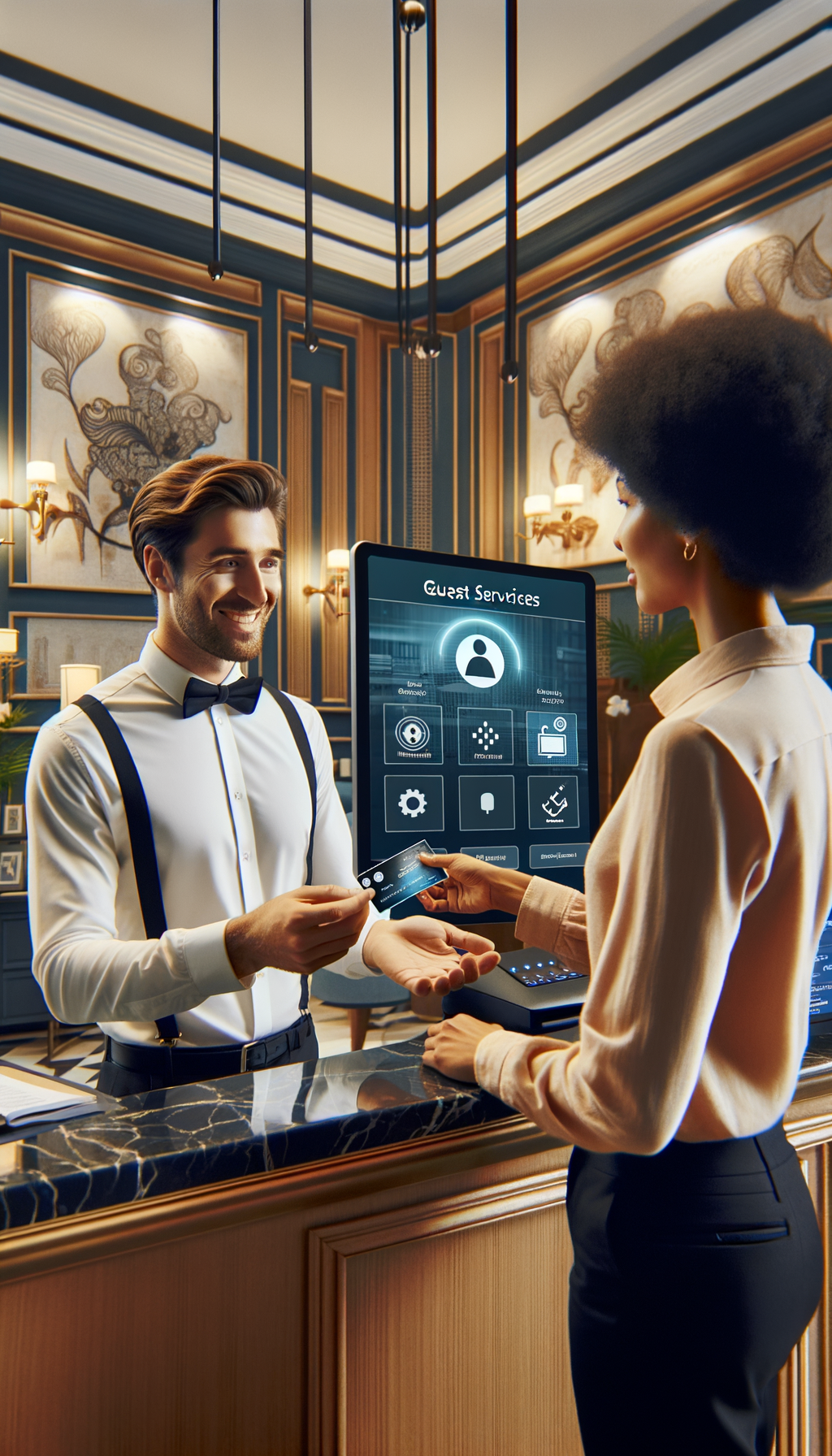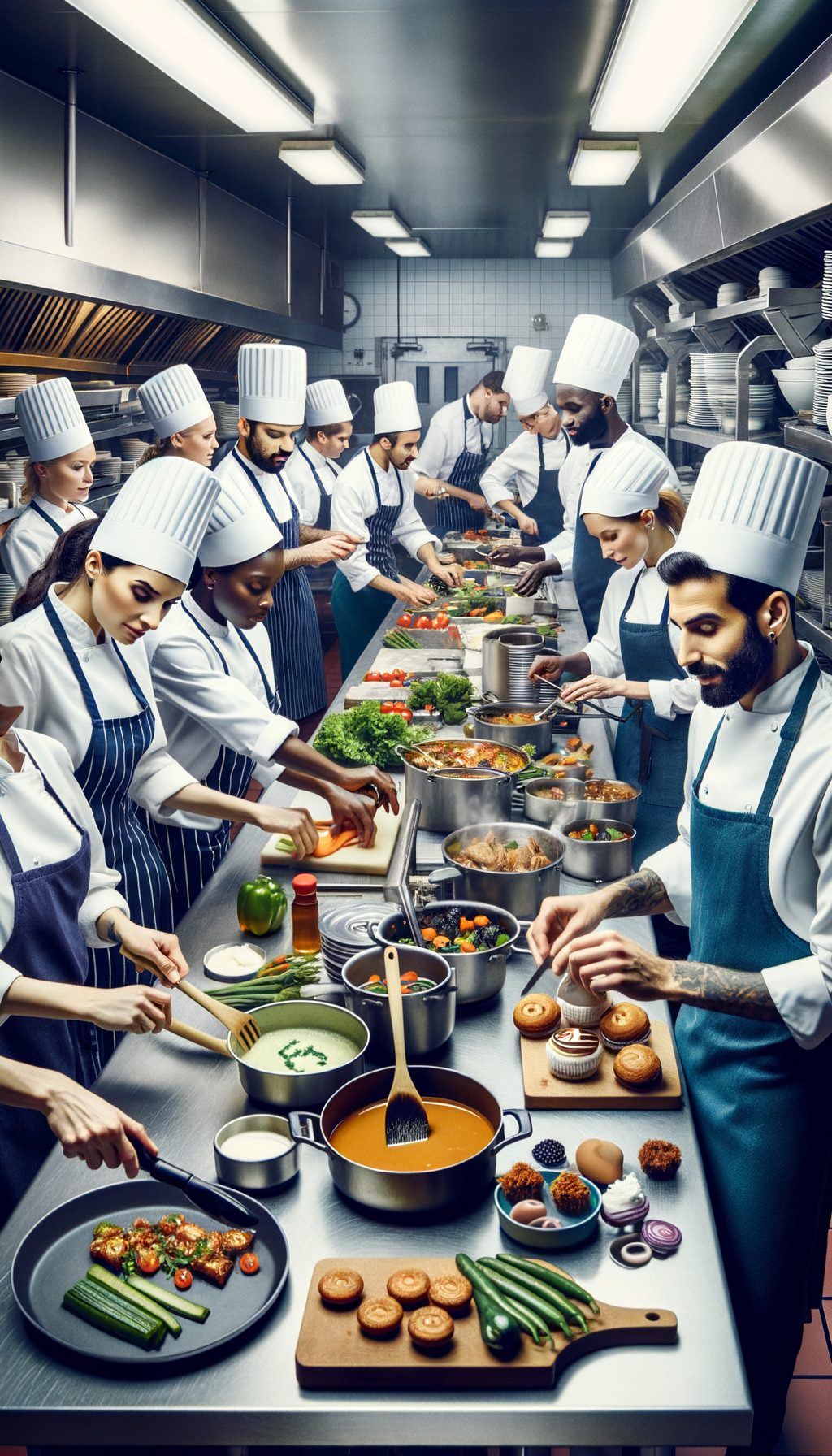Harnessing AI and Leadership for Franchise Success
Elevating Guest Experience: Personalization & Predictive Insights
Revolutionizing Personalization in Guest Services
Introduction
In an increasingly competitive hospitality landscape, personalization has become a key differentiator for businesses aiming to enhance the guest experience. By harnessing customer data and preferences, establishments can tailor their services to meet individual needs, creating memorable experiences. This shift towards a personalized approach not only fosters loyalty but also drives customer satisfaction, encouraging repeat visits.
Businesses can leverage advanced technologies such as AI and machine learning to analyze guest behaviors and preferences. This data enables them to offer customized recommendations, ranging from room selections to personalized welcome messages. As a result, guests feel valued and understood, leading to a more enjoyable stay. Hotels and restaurants that prioritize personalization are likely to see an increase in customer retention and positive reviews, further solidifying their reputation.
Moreover, the importance of staff training cannot be overstated. Employees who understand the value of personalized service can create deeper connections with guests, enhancing their overall experience. As the industry continues to evolve, the focus on personalization will only grow stronger, setting new standards for guest expectations.
The Power of Predictive Menus in Dining
In the realm of dining, predictive menus are transforming how guests choose their meals. By analyzing past dining habits and preferences, restaurants can curate menus that proactively suggest dishes, improving the dining experience. This approach not only streamlines the decision-making process for guests but also increases the likelihood of upselling and higher sales.
Predictive menus rely on sophisticated algorithms that take into account variables such as weather, seasonal ingredients, and even trending dishes. For example, a restaurant might highlight hearty, warm dishes during colder months while offering light, refreshing options in the summer. This level of foresight ensures that guests are presented with options that align with their current preferences and situation, creating a more satisfying dining experience.
Furthermore, implementing this technology can lead to more efficient kitchen operations. By anticipating what dishes will be popular at any given time, kitchens can manage their inventory and reduce food waste, ultimately contributing to a more sustainable business model. As predictive technology advances, we can expect an even more refined approach to menu offerings in the future.
Creating Seamless Interactions Across Platforms
The guest experience today is multi-faceted, often spanning various platforms and devices. As such, creating seamless interactions across these touchpoints is crucial for enhancing overall satisfaction. Whether guests are booking a reservation online, checking in via a mobile app, or providing feedback through social media, a consistent and integrated experience is essential.
To achieve this, businesses must invest in technology that connects all guest interactions. Implementing a unified communication system allows for real-time updates regarding reservations, menu changes, or special promotions, ensuring that guests are well-informed throughout their journey. Such integration not only improves efficiency but also reduces friction, making interactions feel more fluid and intuitive.
Moreover, businesses should prioritize creating user-friendly interfaces that cater to diverse guest demographics. As technology becomes more prevalent, it is vital to offer options that are accessible and straightforward for everyone. By focusing on seamless interactions, businesses can foster a sense of loyalty and encourage guests to return, knowing they will have a consistently excellent experience.
Future Trends in Guest Experience Enhancement
Conclusion
As we look to the future, several trends are poised to shape the guest experience landscape. From the growing emphasis on sustainability to the increasing integration of artificial intelligence, businesses must stay ahead of these developments to remain competitive. Providing personalized experiences, predictive dining options, and seamless interactions will be pivotal in attracting and retaining guests.
Sustainability, in particular, is becoming more important to consumers. Businesses that adopt eco-friendly practices and promote them effectively will resonate with environmentally conscious guests. This trend not only enhances the guest experience but also contributes to a positive brand image and loyalty.
Ultimately, the future of guest experience will rely on an adaptive approach, where businesses embrace change and continuously seek ways to innovate. By prioritizing personalization, predictive insights, and seamless interactions, the hospitality industry can elevate guest experiences to new heights, ensuring long-term success in a rapidly evolving market.
Unlocking Restaurant Growth: From Prep to Profit
Streamlining Operations for Maximum Efficiency
Introduction
Achieving growth in the restaurant industry requires streamlined operations that ensure maximum efficiency. This means examining every aspect of your business, from food preparation to customer service. By optimizing these processes, restaurants can reduce waste, improve service times, and ultimately enhance the dining experience for customers.
A well-organized kitchen is the backbone of any successful restaurant. Implementing systems such as mise en place, where ingredients are prepped and organized before service, can save valuable time during peak hours. Additionally, staff training programs focused on efficiency can empower employees to work smarter, reducing errors and improving overall service quality.
Moreover, inventory management plays a critical role in streamlining operations. Utilizing inventory tracking software can help restaurants minimize food waste and ensure that ingredients are always in stock. By adopting these practices, restaurants can create a more efficient workflow that drives profitability and enhances the customer experience.
Innovative Marketing Strategies to Attract Customers
Marketing is crucial for restaurant growth, and innovative strategies can set your establishment apart. From leveraging social media to personalized promotions, effective marketing can draw in both new and returning customers. Engaging with your audience through targeted campaigns can increase visibility and drive foot traffic.
Consider utilizing platforms like Instagram and Facebook to showcase your dishes and create a vibrant online presence. Interactive content, such as polls or behind-the-scenes videos, can create a connection with your audience and encourage them to visit your restaurant. Additionally, collaborating with local influencers can expand your reach and attract a broader customer base.
Incorporating seasonal promotions and limited-time offers can also entice new customers to try your restaurant. By staying attuned to customer preferences and market trends, restaurants can tailor their marketing efforts to create compelling offers that resonate with their target audience.
Leveraging Technology for Enhanced Service
In today’s digital age, leveraging technology is essential for enhancing the restaurant experience. From mobile ordering to contactless payments, technology can streamline operations and improve customer satisfaction. By adopting these innovations, restaurants can meet the evolving preferences of their customers.
Implementing a robust point-of-sale (POS) system allows for efficient order processing and real-time inventory tracking. Furthermore, integrating online reservation systems can reduce wait times and enhance the overall dining experience. Technologies such as online reviews and feedback platforms can also provide valuable insights into customer satisfaction, allowing restaurants to make necessary adjustments.
Additionally, investing in staff training on technology usage is crucial. Ensuring that employees are well-versed in these tools promotes a seamless customer experience and can lead to increased customer retention. By embracing technology, restaurants can not only improve service but also stay competitive in a dynamic market.
Building a Loyal Customer Base for Sustained Success
Conclusion
Building a loyal customer base is key to sustained restaurant success. Establishing customer loyalty goes beyond providing quality food; it’s about creating an exceptional dining experience that encourages repeat visits. Engaging with customers and fostering relationships can set your restaurant apart from the competition.
One effective way to build loyalty is through loyalty programs that reward repeat customers. Offering discounts, exclusive promotions, or special events can incentivize customers to return. Additionally, personalized communication, such as birthday offers or tailored recommendations, can create a more personal connection with patrons.
Moreover, soliciting customer feedback and acting on it demonstrates that you value their input. Creating an inclusive environment where guests feel heard can enhance customer satisfaction and build a community around your restaurant. By focusing on these strategies, restaurants can cultivate lasting relationships with customers, ensuring their establishment thrives for years to come.






